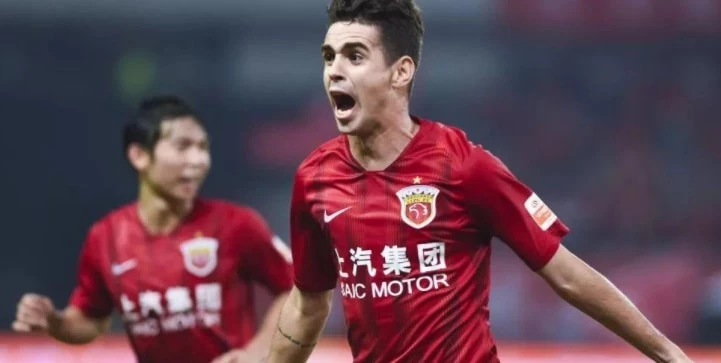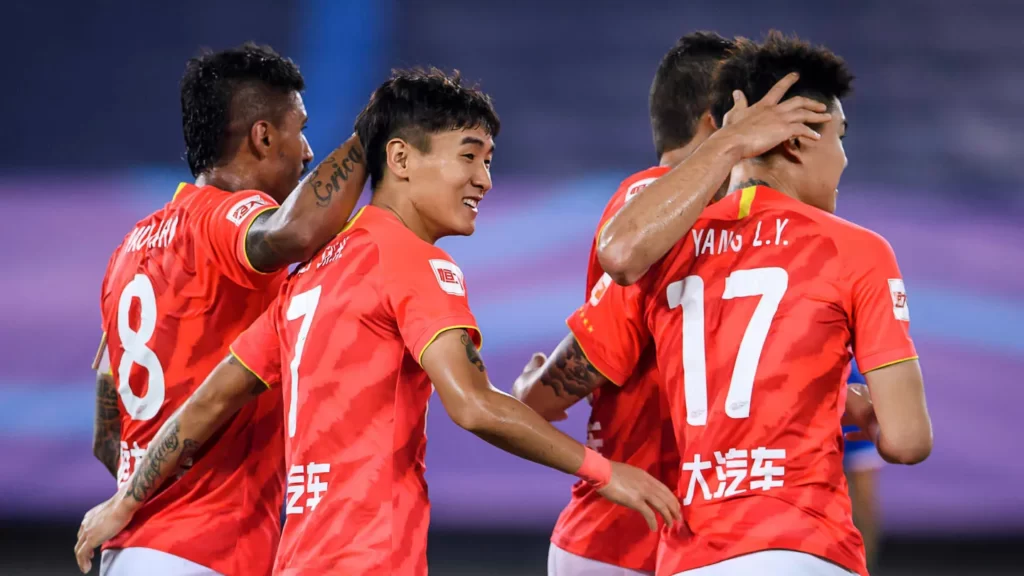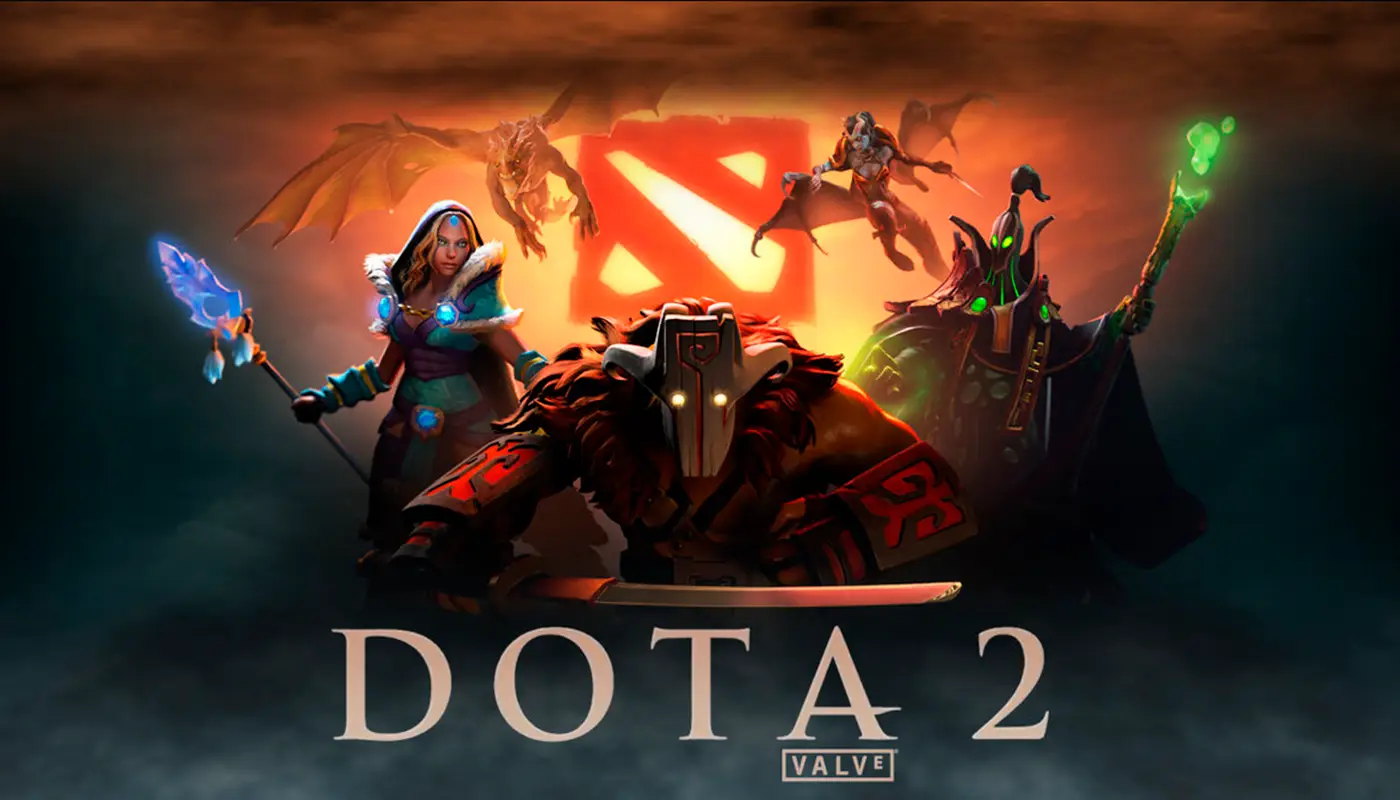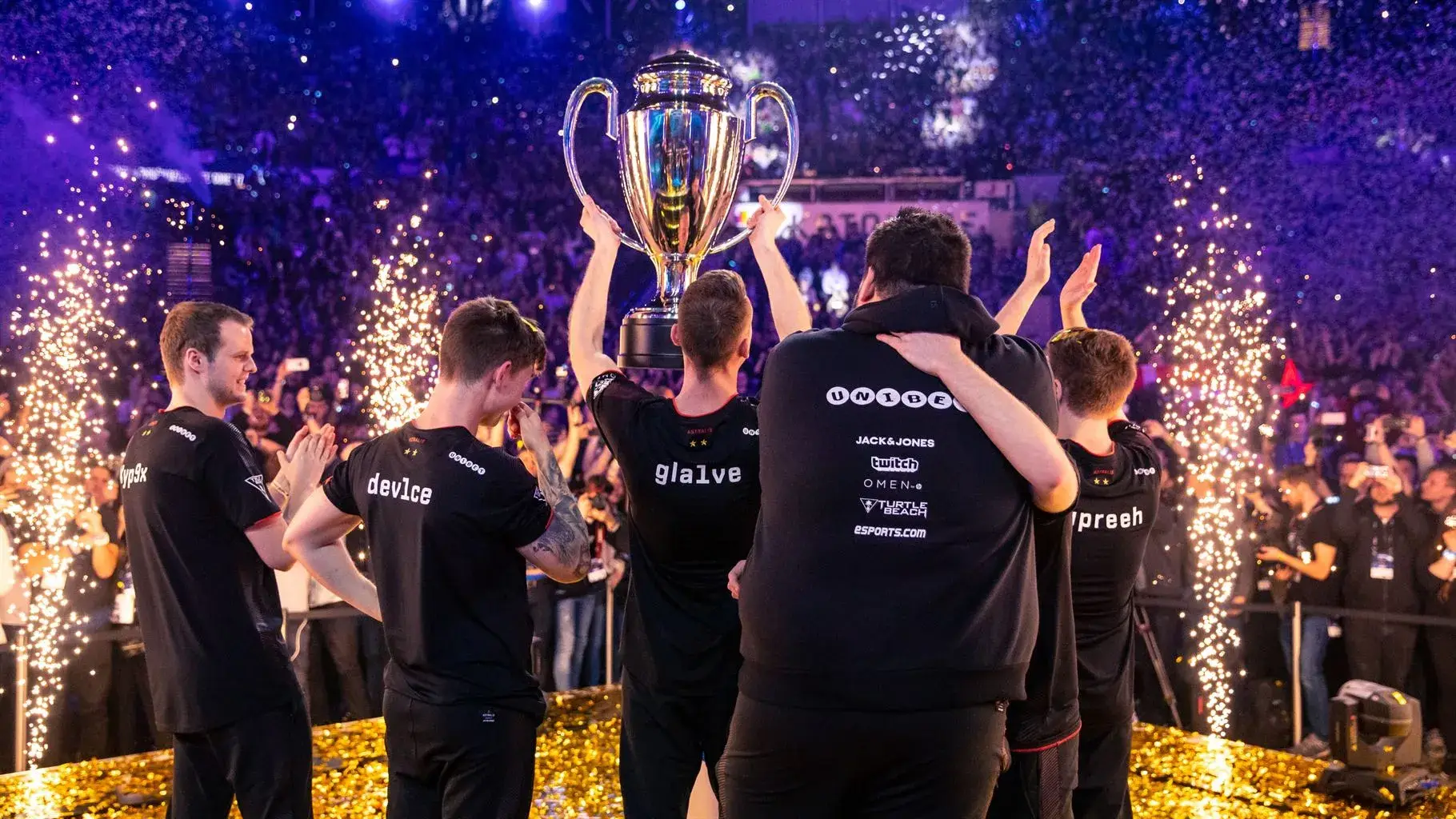Chinese football is growing rapidly, and one of its key components is the Super League. Investors are pouring millions of dollars into developing teams and inviting world-class stars and top coaches to take football in the Middle Kingdom to the next level. Today, the Chinese Super League attracts not only local fans but also fans from all over the world, thanks to its unique approach and incredible transfers that once seemed impossible.
The history of the Chinese Super League: how it all started
In 2004, the Super League came into being as part of a major reform of professional football in China. The main aim of the reform was to improve the quality of local leagues and attract international attention. At first, this seemed an unrealistic goal, given the relative unfamiliarity of Chinese football outside the country. However, this changed when the league started attracting foreign players like Didier Drogba and Nicolas Anelka. Also important was the construction of quality infrastructure and the development of youth academies, allowing them to produce their own world-class players.

The history of the Chinese Super League shows that a commitment to progress and investment can radically change a league’s position on the world stage. China has invested not only money but also its soul in developing the league, making it one of the most talked-about leagues in world football.
Structure and format of the Chinese Super League
The Chinese Super League consists of 16 teams playing home and away matches. The season starts in March and ends in November, allowing 30 matches to be played. The teams’ main goal is to get as high up the league table as possible and avoid the relegation zone. The two worst teams relegate and make way for the best teams in the second division. This format keeps the league alive and motivates teams to play at a high level throughout the season.
Features:
- Restriction on the number of foreign players: a team cannot have more than five foreigners, of which only four are allowed on the pitch at a time.
- The length of the season, from March to November, provides comfortable weather conditions for matches.
- Use of VAR (video assistant referee) to ensure fair play and minimise refereeing errors.
How is the Chinese Super League funded?
The state is strongly committed to the sport as it is an important way to boost the country’s international prestige. Major funding sources include large companies such as the Evergrande Group, which sponsors Guangzhou Evergrande, as well as many other private investors attracted by the prospects of football.
Many clubs in the Chinese Super League have capital comparable to that of big European teams. Shanghai SIPG, for example, spends around $60 million a year on maintaining staff and infrastructure. This approach helps attract world-class stars like Oscar and Hulk, whose salaries exceed those of many European players. All this makes football in China commercially attractive while strengthening its position on the world stage.
Chinese Super League versus other football leagues in the world
 A comparison of the Chinese Super League with other championships shows its unique characteristics. Unlike the English Premier League, which has a long history and deep football traditions, the Chinese league is just taking its first steps on the international stage. Thanks to large investments and foreign specialists, the level of play in the Chinese league is growing every year.
A comparison of the Chinese Super League with other championships shows its unique characteristics. Unlike the English Premier League, which has a long history and deep football traditions, the Chinese league is just taking its first steps on the international stage. Thanks to large investments and foreign specialists, the level of play in the Chinese league is growing every year.
One of the most striking features of the Chinese Super League is the high salary of its players. The average salary of a star player in the league is around $10 million a year. This attracts stars who want to win and maintain their level of play. An important factor is also the well-developed sports infrastructure and high-quality youth academies, where young footballers train under the guidance of leading specialists from around the world.
Characteristics of Chinese football
Chinese clubs actively recruit coaches from Europe and South America, who bring their experience and knowledge to improve the level of play of local players. China is committed to developing young players: many clubs establish youth academies and schools for children, where they can train from an early age.
Another important feature is the use of modern technology in the training process. Clubs use special computer programmes to analyse matches and individual player statistics, allowing coaches and players to better understand where and how to improve their game. As a result, the idiosyncrasies of Chinese football create a unique style that incorporates both the best elements of international football and national traits.
Chinese Super League stars
One of the main reasons for the growing popularity of the Chinese Super League is the attraction of international stars. Players of the calibre of Oscar, Hulk, Drogba and Anelka have moved to China and generated a wave of interest among fans around the world. These stars not only attract attention but also exert a strong influence on the young generation of Chinese footballers who are eager to follow their example.
Chinese football benefits enormously from the presence of star players. They bring experience, raise the level of local teams and help raise young talent. The arrival of these players has enriched Chinese football not only athletically, but also commercially: ticket and merchandise sales have skyrocketed and interest in the matches has reached new heights.
The future of the Chinese Super League
The championship aims to develop further and reach new heights. In the coming years, more international specialists are expected to improve the training process and the quality of local players. China aims to become a competitive football country and is developing not only the league but also the whole football infrastructure in the country.
One of the ambitious goals is for Chinese clubs to enter the international scene and successfully participate in the World Club Championships. Investment in youth training and attracting foreign coaches are already starting to bear fruit and the Chinese Super League hopes to become one of the most respected leagues in the world in the future.

Conclusion
 The Chinese Super League has already won a place in world football culture. It is not just another national championship: it reflects the ambitions and aspirations of an entire country to reach the highest level on the international stage. Investment, star attraction and youth development are shaping the future of Chinese football, which is becoming more competitive every year.
The Chinese Super League has already won a place in world football culture. It is not just another national championship: it reflects the ambitions and aspirations of an entire country to reach the highest level on the international stage. Investment, star attraction and youth development are shaping the future of Chinese football, which is becoming more competitive every year.
 en
en  ru
ru  de
de  ar
ar  es
es  nl
nl  hi
hi  fr
fr  it
it  pt
pt  el
el 












